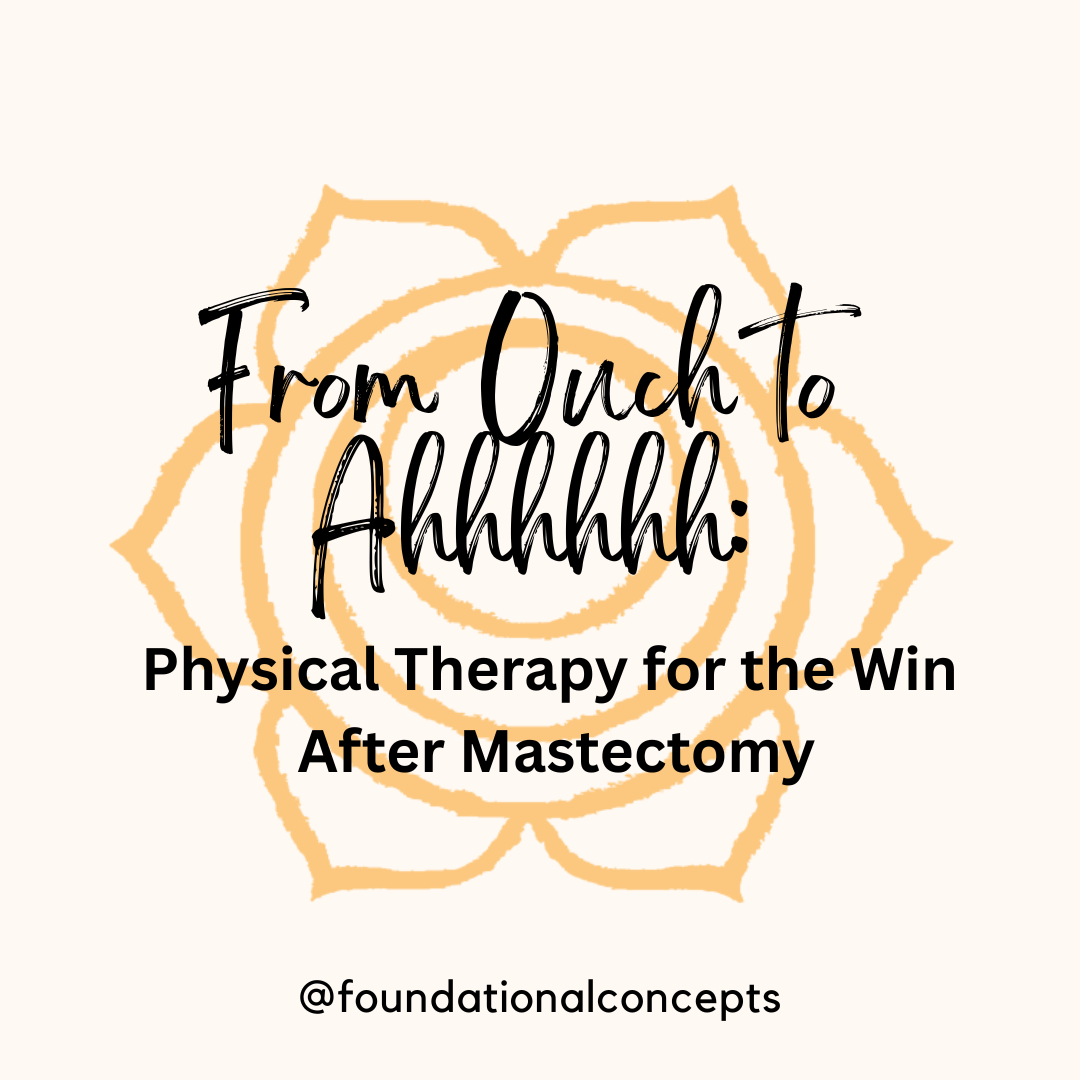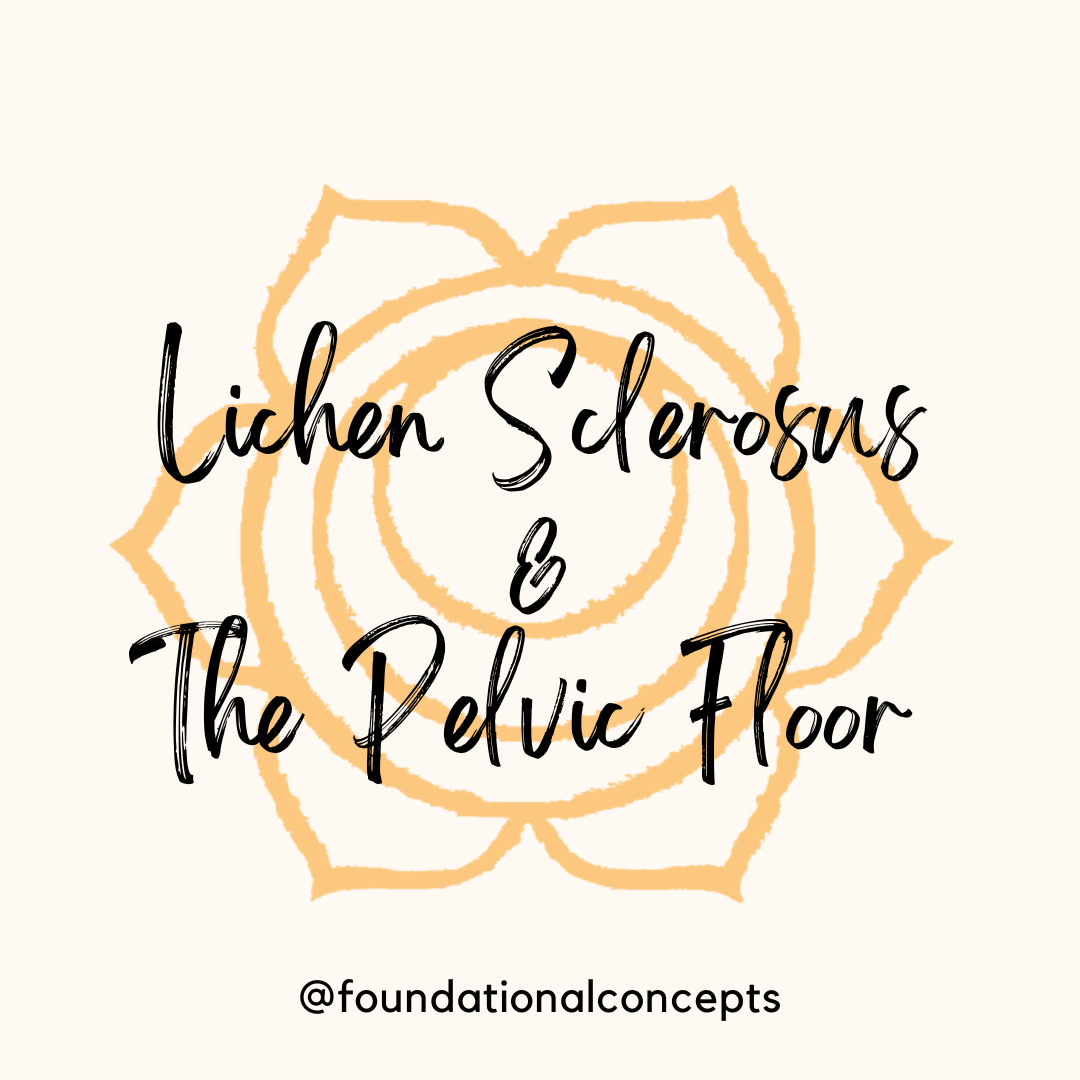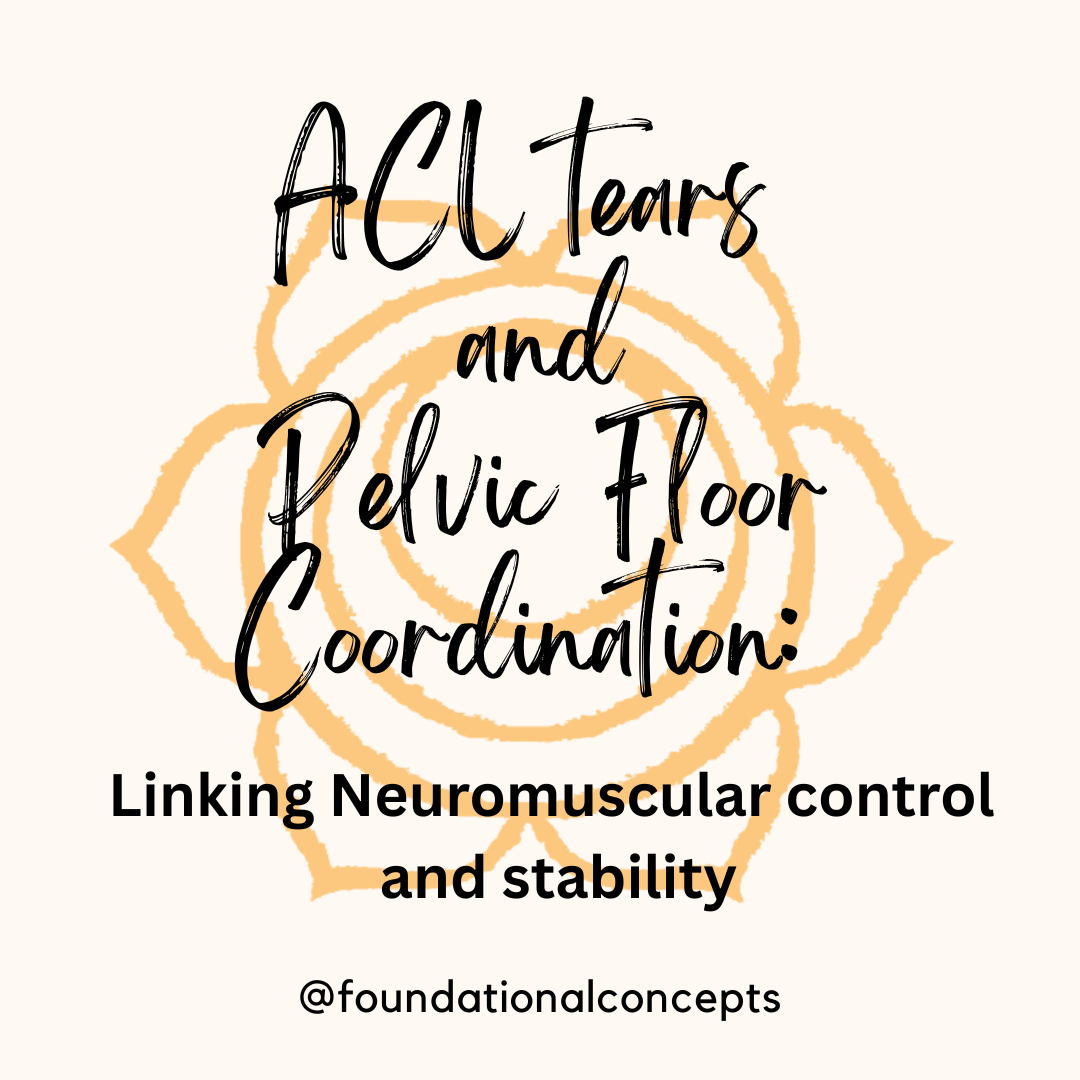
From Ouch to Ahhhhhh: Physical Therapy for the Win After Mastectomy
Undergoing a mastectomy is a life-changing experience — physically, emotionally, and functionally. While the primary goal is to treat or prevent breast cancer, the surgery often comes with side effects that can significantly impact a person’s quality of life. That’s where physical therapy (PT) becomes essential. With expert guidance, individuals can regain mobility, reduce pain, manage lymphedema risk, and feel more empowered in their recovery journey.
We’ll explore how physical therapy supports healing after a mastectomy — including strategies for pain management, restoring range of motion, strengthening, scar tissue mobilization, and lymphatic care.
Pain after a mastectomy can vary in intensity and location. Some women experience immediate postoperative discomfort, while others develop chronic pain conditions, such as post-mastectomy pain syndrome (PMPS), characterized by nerve pain, burning, tingling, or numbness.
Physical therapists use a combination of techniques to address pain, including:
- Gentle manual therapy to reduce muscle tension and joint stiffness
- Nerve desensitization techniques, especially around the surgical area and chest wall
- Postural correction to address compensatory patterns that cause neck, shoulder, or back pain
- Therapeutic exercises that support circulation and prevent stiffness
- Education on body mechanics to avoid aggravating movements
Importantly, pain management is tailored — what works for one person might differ for another.
After a mastectomy, especially if lymph nodes were removed or radiation was involved, it’s common to experience tightness and limited shoulder and arm mobility. Early intervention (once cleared by the surgeon) can prevent long-term restrictions.
Physical therapy focuses on:
- Gentle stretching exercises to restore shoulder flexion, abduction, and rotation
- Passive range of motion (assisted by the therapist) if the patient is initially unable to move independently
- Active range of motion (self-directed movement) as mobility improves
- Posture-focused stretching to counteract the forward rounding common after surgery
Therapists give patients home exercises to do daily to help gradually reintroduce normal movement without overstraining healing tissues.
Once mobility begins to return, strengthening becomes the next phase. Surgery, decreased activity, and altered biomechanics can lead to muscle weakness — especially in the shoulders, upper back, chest, and core.
Physical therapists develop safe, progressive strength-building routines that might include:
- Isometric exercises: muscle activation without movement in early stages
- Functional training lifting, reaching, carrying, resistance bands to return to daily activities
- Balance and coordination exercises to reduce fall risk and improve confidence with daily activities and returning to exercise
Strengthening isn’t just about regaining physical power — it supports mental health, boosts energy, and reduces the risk of secondary injuries.
One long-term complications after mastectomy — especially when lymph nodes are removed — is lymphedema, a condition where lymph fluid accumulates and causes swelling, often in the arm or chest wall.
Physical therapists trained in lymphatic drainage and oncology rehabilitation play a vital role in preventing, identifying, and managing lymphedema. Screening for lymphedema includes:
- Circumferential measurements of the arms and chest wall
- Observation for early signs: tightness, heaviness, skin changes, or swelling
- Education about risk factors: injury, infection, overheating, overuse
Treatments for lymphedema may include:
- Manual Lymphatic Drainage (MLD) – a specialized, gentle massage technique to stimulate lymph flow
- Compression garments – sleeves or wraps to prevent or reduce swelling
- Therapeutic exercise – promotes lymphatic return through muscle pump activation
- Skin care education – to avoid infections that can trigger flare-ups
Early detection and intervention make a massive difference. Many patients avoid chronic, irreversible lymphedema by working proactively with a skilled physical therapist.
Scar tissue forms as part of the body’s natural healing process, but when it becomes excessive or restrictive — particularly in the chest and axilla (armpit) area — it can cause pain, tightness, and movement limitations.
Physical therapists address scar tissue through:
- Manual scar mobilization techniques – using hands to gently stretch and soften adhesions
- Myofascial release – targeting connective tissue restrictions surrounding the scar
- Dry needling for fascial release – an effective tool that help break down dense scar tissue
- Stretching combined with mobilization – to lengthen the tissue as it heals
Scar work often begins once the incision is fully closed and healed. Patients are also taught how to perform gentle scar mobilization at home to maintain progress.
Although physical therapists primarily address movement and pain, they also play a key role in emotional recovery. Many patients feel disconnected from their bodies after surgery — especially when mobility is lost or changes in appearance affect self-image.
PTs create a safe, supportive space where patients can:
- Reconnect with their bodies through guided movement
- Celebrate milestones like lifting their arm overhead again
- Receive encouragement and validation for their progress
- Gain confidence to return to hobbies, work, and exercise
PTs may also refer patients to counselors, support groups, or oncology-specific mental health providers if emotional needs exceed the scope of care.
Every patient is different when they can start physical therapy, but in general:
- In-hospital PT may begin within 24-48 hours post-op (depending on surgeon preference)
- Outpatient PT is often recommended 2–4 weeks after surgery, once incisions begin to heal. Earlier intervention is often better to prevent secondary complications, but always requires medical clearance
If radiation, reconstruction, or chemotherapy is also part of treatment, PT timing and goals will be adjusted accordingly.
Physical therapy is more than just exercise — it’s a crucial part of holistic recovery after a mastectomy. Whether you’re dealing with pain, stiffness, weakness, or lymphedema, a skilled physical therapist can help guide you back to a more comfortable, confident life.
If you or someone you know has recently undergone a mastectomy, ask your healthcare provider about a referral to a physical therapist. Healing takes time, but with the right support, movement, and care, recovery is absolutely possible.
Disclaimer: This blog is here for your help. It is the opinion of a Licensed Physical Therapist. If you experience the symptoms addressed you should seek the help of a medical professional who can diagnose and develop a treatment plan that is individualized for you.









